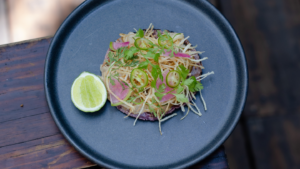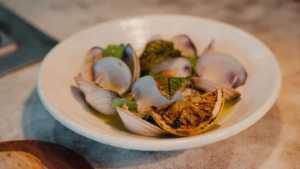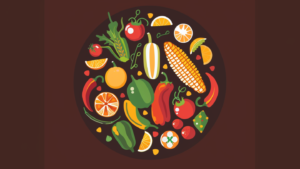(2 minute read)
In our culture of abundant options, we often equate more with better. We relish the idea of having an array of choices at our fingertips, associating variety with luxury and satisfaction. An excess of options seems to become more often the norm and making choices becomes increasingly difficult.
However, Dr. David Schwartz, in his enlightening book “The Paradox of Choice,” and the intriguing “Jam Experiment” by psychologists Sheena Iyengar and Mark Lepper, propose a counterintuitive argument – too many options can, paradoxically, lead to dissatisfaction and inaction.
In this experiment, consumers presented with a large array of jam flavors were less likely to make a purchase compared to those given fewer options. The overwhelming selection made decision-making challenging, leading to ‘choice overload’. A very tangible and relatable scenario to apply this principle to is the dining experience. A long, convoluted menu can leave you feeling overwhelmed, anxious, and less satisfied with your ultimate decision. Conversely, a smaller menu simplifies the decision-making process, allowing you to enjoy your meal with less stress and fewer second-guesses.
Additionally, a concise menu allows cooks to focus on specialization, thereby prioritizing quality over quantity. Cooks, akin to artisans of food, produce their finest work when they can concentrate their talent and creativity on a select number of dishes. Having less dishes to focus on, enables them to invest meticulous attention to each dish’s ingredients, preparation methods, and presentation nuances. Something challenging to replicate in a kitchen bustling with the pressure of juggling fifty different dishes.
As for the service experience, a smaller menu also enhances the overall service experience. The front of the house team handles less information which allows for insightful recommendations and quality time to provide more personalized service.
Seasonal changes can be adapted better into shorter menus, ensuring access to fresh ingredients and sustainable sourcing. This makes way for the finest produce that each season has to offer, providing fresh and flavorful dishes. This adaptability not only enhances the quality of the meal but also promotes a healthier, more environmentally conscious dining culture.
Lastly, a small menu promotes a sense of culinary adventure. With fewer choices, you’re more likely to try something new, stepping outside your usual preferences. This departure from the norm can lead to unexpected discoveries and a more enriching dining experience.
In conclusion, a smaller menu encapsulates the age-old wisdom of “less is more.” It provides means for quality, efficiency, freshness, and adventure to be part of the dining experience. So, the next time you dine out, give the small menu a chance. You may find that the fewer the choices, the greater the satisfaction. And sometimes, the most flavorful experiences come from the most curated selections.






